Key Takeaways
- Types of Rotary Screw Compressors: There are two primary types—oil-injected and oil-free, both offering unique benefits for various applications.
- Prices: Prices for Rotary Screw Air Compressors in Australia range between $5,000 and $50,000, depending on capacity, brand, and features.
- Operating Costs: Operating a Rotary Screw Compressor typically costs $0.10 to $0.30 per kWh depending on energy efficiency and usage.
- Maintenance: Routine maintenance costs are typically $200 to $800 annually per unit, with oil changes and air filter replacements being regular expenses.
- Financing: Various options, including equipment loans, leasing, and financing via suppliers, are available to spread the cost.
- Warranties: Warranties for compressors can range from 1 to 5 years, with extended warranties covering major components like compressors and motors.
- Compliance & Certification: It’s essential to ensure compliance with Australian standards such as AS 1210 (Pressure Vessels) and AS 60034 (Rotary Compressors).
Introduction
Rotary Screw Air Compressors are integral to various industries across Australia, from manufacturing and construction to medical and food processing. These compressors offer continuous, reliable airflow, making them ideal for environments that demand consistent and efficient performance. However, purchasing the right model requires careful consideration of several factors, including cost, performance, and long-term reliability.
This guide will walk you through the essential aspects of purchasing a Rotary Screw Air Compressor in Australia, helping you make an informed decision that fits your business needs and budget.
Types of Rotary Screw Air Compressors
When selecting a Rotary Screw Air Compressor, understanding the two primary types—oil-injected and oil-free compressors—is crucial for making an informed choice.
1. Oil-Injected Rotary Screw Compressors
- Description: These compressors use oil to lubricate the moving parts, which also helps cool the system.
- Best For: General industrial applications that require high power and energy efficiency.
- Advantages:
- Lower initial cost.
- High energy efficiency.
- Generally more durable with proper maintenance.
- Disadvantages:
- Oil contamination can occur, requiring regular maintenance and filtration.
2. Oil-Free Rotary Screw Compressors
- Description: These compressors do not use oil in the compression chamber, making them ideal for applications where air quality is critical.
- Best For: Industries such as food processing, pharmaceuticals, and electronics manufacturing, where oil contamination is unacceptable.
- Advantages:
- No risk of oil contamination.
- Higher air purity.
- Disadvantages:
- Higher initial cost.
- Slightly lower efficiency compared to oil-injected models.
Rotary Screw Air Compressor Prices in Australia
The price of a Rotary Screw Air Compressor depends on factors such as capacity, type, brand, and additional features. Here’s a breakdown of typical price ranges:
- Small Capacity (1-5 kW):
- Price Range: $5,000 to $15,000
- Common in small workshops and small industrial operations.
- Medium Capacity (10-30 kW):
- Price Range: $15,000 to $30,000
- Ideal for medium-sized industrial applications requiring steady airflow.
- Large Capacity (50+ kW):
- Price Range: $30,000 to $50,000+
- Used in large-scale industrial or manufacturing facilities.
Note: These prices may vary depending on the supplier and any optional features such as variable speed drives, energy-saving systems, or advanced control panels.
Operating Costs and Energy Efficiency
Operating Costs
The ongoing cost of running a Rotary Screw Air Compressor in Australia primarily consists of electricity consumption and maintenance.
- Electricity: The operating cost is typically $0.10 to $0.30 per kWh, depending on the compressor’s energy efficiency and the local electricity rates.
- Annual Power Consumption: For a medium-sized unit (15 kW), the estimated annual electricity cost can range from $4,000 to $12,000, depending on usage patterns.
Energy Efficiency
Look for energy-efficient models that offer features like Variable Speed Drives (VSD), which adjust motor speed according to demand, saving on electricity costs. Energy-efficient units can reduce power consumption by up to 30%.
Maintenance Costs and Key Components
Regular maintenance is essential to prolong the life of your Rotary Screw Air Compressor. Here are typical maintenance tasks and costs:
- Oil Changes: Every 2,000 to 4,000 hours of operation, depending on the oil type. Cost: $200 to $500 per change.
- Air Filter Replacement: Every 6 to 12 months, depending on the environment. Cost: $100 to $300.
- Cooling System Inspection: Ensures the compressor remains cool during operation, typically checked every 6 months. Cost: $150 to $300.
- Routine Inspections: Regular checks for air leaks, motor health, and performance. Estimated cost: $200 to $500 annually.
Proper maintenance ensures optimal performance and avoids costly breakdowns.
Financing Options for Rotary Screw Air Compressors
For businesses looking to finance their compressor purchase, there are several options available:
- Equipment Loans: Many financial institutions and banks in Australia offer loans for purchasing machinery. Typically, interest rates range from 6% to 10% per annum.
- Leasing: Leasing allows you to pay for the compressor over a fixed term (usually 3 to 5 years). This option is great for businesses wanting to preserve capital.
- Vendor Financing: Some suppliers offer financing directly, often with attractive terms for long-term purchases.
Ensure that you consider all options and the associated interest rates, as they can significantly affect the total cost of ownership.
Warranties and Service Contracts
Rotary Screw Air Compressors typically come with warranties ranging from 1 to 5 years, with most manufacturers offering standard 1-year warranties. Some brands offer extended warranties or service contracts that can cover major components like compressors, motors, and airends.
- Warranty Coverage:
- Typically covers defects in materials and workmanship.
- Extended warranties can also cover maintenance parts.
- Service Contracts: Many suppliers offer maintenance service contracts, which can reduce the overall cost of ownership by ensuring regular servicing and discounts on parts.
Compliance and Certification Considerations
In Australia, there are several compliance and certification requirements for purchasing and operating a Rotary Screw Air Compressor. These include:
- AS 1210: This standard governs pressure vessels and outlines requirements for the design, construction, and testing of air compressors.
- AS 60034: This standard pertains to the performance and efficiency of rotary compressors, ensuring they meet safety and energy efficiency guidelines.
- Electrical Safety: Ensure the compressor meets the Australian Electrical Safety Standards and is certified by relevant bodies.
Before purchasing, check that the equipment is compliant with these standards and any other specific regulations for your industry.
Common Questions About Rotary Screw Air Compressors
1. How do I know if I need an oil-free compressor?
If your application involves sensitive products (e.g., food, pharmaceuticals, or electronics), an oil-free compressor is essential to prevent contamination. Oil-free models provide clean, pure air.
2. How long will my Rotary Screw Compressor last?
With proper maintenance, a high-quality Rotary Screw Compressor can last between 10 to 20 years. Regular servicing and timely part replacements can extend the lifespan.
3. Can I install the compressor myself?
Installation is typically best left to professionals, especially when dealing with large or complex units. Improper installation can result in inefficiency or even safety hazards.
4. What is a Variable Speed Drive (VSD), and is it worth the investment?
A VSD adjusts the motor speed based on demand, improving energy efficiency. While VSD-equipped compressors can be more expensive upfront, they can result in 30% energy savings over the long term.
Conclusion
Purchasing a Rotary Screw Air Compressor in Australia requires careful consideration of various factors, including the type of compressor, pricing, operating costs, and long-term maintenance. By understanding your specific needs and factoring in key considerations like compliance, financing, and warranty options, you can make an informed decision that maximises your investment.
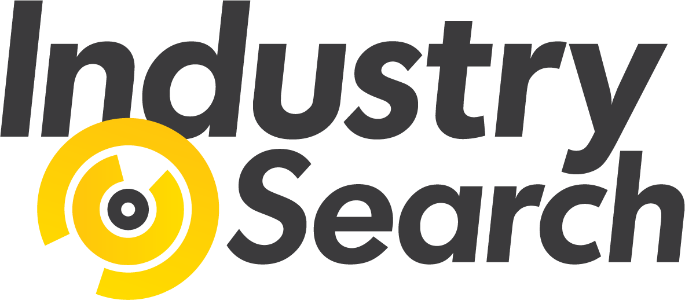



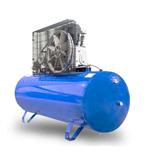
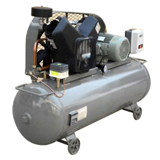




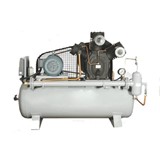
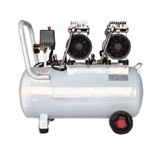

-205x205.jpeg)
-205x205.jpeg)